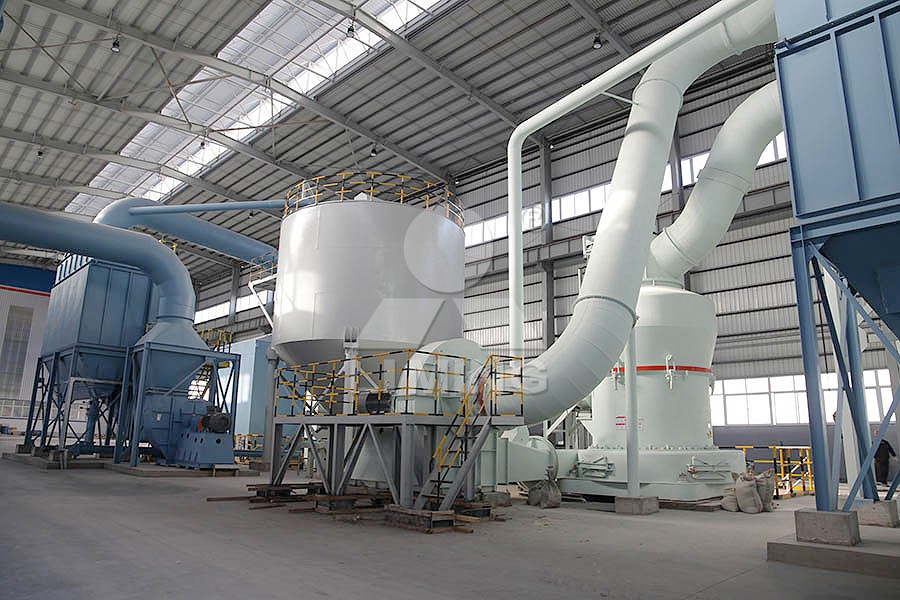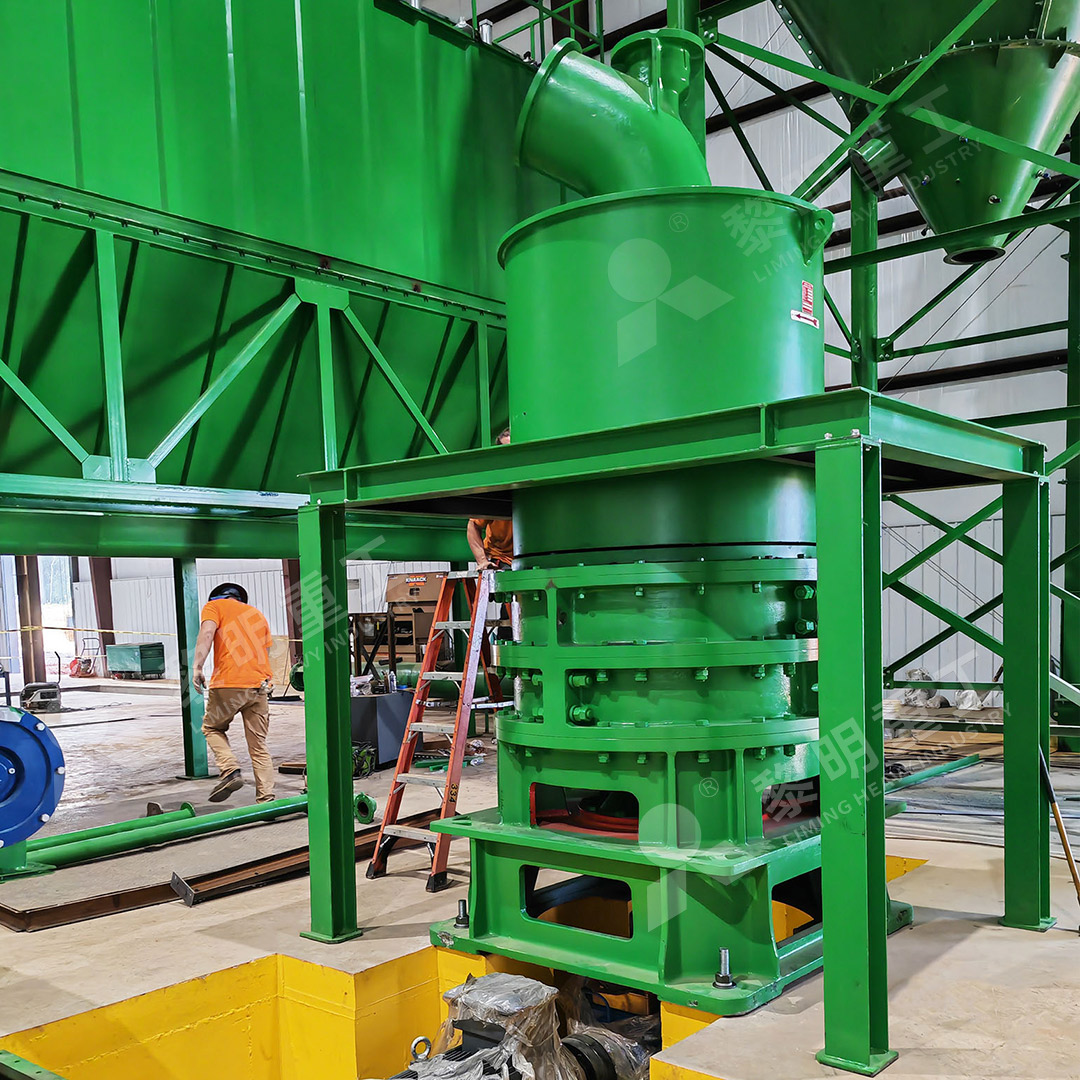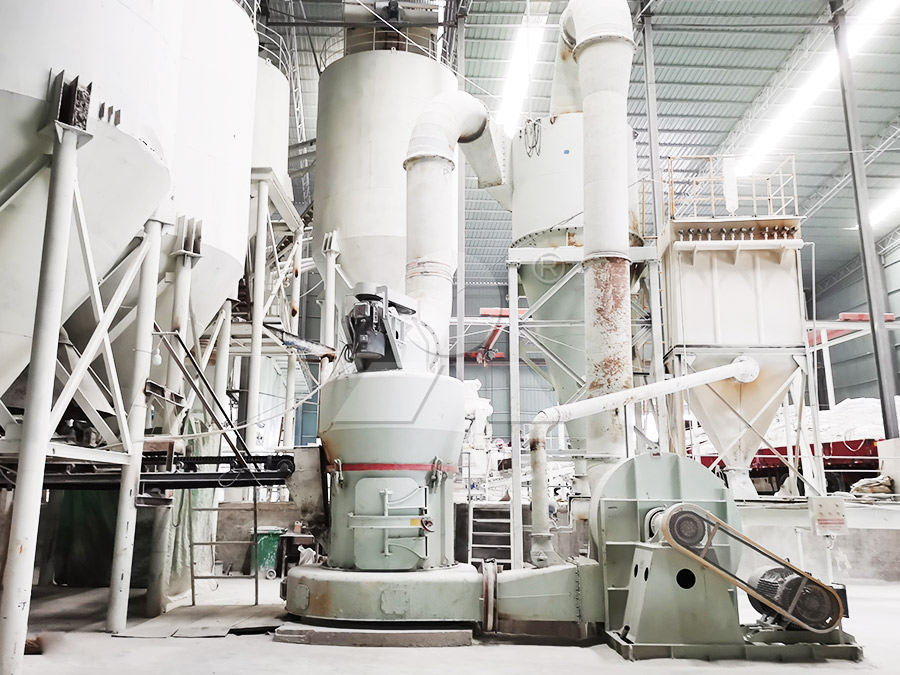White Limestone Grinding Mill: Key Features and Industrial Applications
White Limestone Grinding Mill: Key Features and Industrial Applications
White limestone stands as one of the most versatile and widely used industrial minerals globally. Its transformation into fine powder requires specialized grinding equipment that can deliver precise particle size distribution while maintaining the material’s inherent brightness and chemical properties. The selection of an appropriate grinding mill directly impacts product quality, operational efficiency, and environmental compliance.

Critical Performance Requirements
Processing white limestone demands equipment capable of handling several specific challenges. The mill must preserve the material’s natural whiteness by minimizing iron contamination during grinding. Consistent fineness control between 325 to 2500 meshes is essential for various industrial applications. Energy efficiency becomes paramount in high-volume production environments, while environmental considerations require effective dust collection and noise reduction systems.
Modern limestone grinding operations increasingly prioritize sustainable practices. This includes reduced power consumption, minimal waste generation, and comprehensive dust management. Equipment that integrates these environmental considerations directly into its design provides significant advantages in today’s regulated industrial landscape.
Advanced Grinding Technology Solutions
For operations requiring ultra-fine limestone powder, the MW Ultrafine Grinding Mill represents a technological leap forward. This system processes materials with input sizes from 0-20 mm and delivers capacities ranging from 0.5 to 25 tons per hour. Its innovative design addresses the specific challenges of white limestone processing through several key features.

The MW series incorporates a German-designed cage-type powder selector that enables precise fineness adjustment between 325-2500 meshes. This technology ensures consistent product quality while achieving screening rates of d97≤5μm in a single pass. The grinding chamber’s unique construction eliminates rolling bearings and screws, preventing common failure points and reducing maintenance requirements.
Operational efficiency is further enhanced through the mill’s energy-saving design. Comparative analysis demonstrates 40% higher production capacity than jet grinding mills and double the output of ball grinding mills at equivalent fineness and power levels. Meanwhile, system energy consumption is reduced to just 30% of jet grinding mill requirements.
Industrial Applications of Limestone Powder
Finely ground white limestone serves numerous industries with varying specifications. In plastics and polymer production, it acts as a functional filler that improves mechanical properties while reducing material costs. The paint and coatings industry relies on consistent particle size distribution for optimal opacity and weather resistance. Construction applications include joint compounds, sealants, and as a raw material for cement production.
Additional significant applications span cosmetics, where limestone powder provides texture and absorption properties, pharmaceuticals as an excipient, food processing as a calcium additive, and environmental applications in flue gas desulfurization. Each application demands specific particle characteristics that advanced grinding equipment can deliver consistently.

For operations requiring vertical grinding solutions, the LUM Ultrafine Vertical Grinding Mill offers complementary capabilities. With an input size of 0-10 mm and capacity of 5-18 tph, this system incorporates the latest grinding roller technology from Taiwan and German powder separating technology. Its reversible structure simplifies maintenance while electronic and mechanical limiting technologies ensure operational stability.
Environmental and Operational Advantages
Modern grinding systems address environmental concerns through integrated pulse dust collectors that eliminate particulate emissions during operation. Additional noise reduction measures including silencers and noise elimination rooms ensure compliance with workplace safety standards. The fully sealed systems operate under negative pressure, preventing material leakage while maintaining product quality.
Digital manufacturing techniques applied to core components guarantee precision machining and reliable performance. Combined with comprehensive spare parts support and technical services, these advanced grinding systems provide worry-free operation for industrial limestone processing facilities.
Frequently Asked Questions
What fineness range can be achieved with modern limestone grinding mills?
Advanced systems like the MW Ultrafine Grinding Mill can produce powders ranging from 325 to 2500 meshes, with the capability to achieve d97≤5μm in a single processing stage.
How do these mills address iron contamination concerns?
Specialized designs eliminate direct contact between grinding components in critical areas, while the absence of rolling bearings and screws in the grinding chamber prevents iron contamination from mechanical wear.
What environmental features are incorporated?
Modern mills include efficient pulse dust collectors, silencers, and fully sealed systems that operate under negative pressure to prevent dust emissions and reduce noise pollution.
How does the energy consumption compare to traditional grinding systems?
Advanced ultrafine grinding mills consume approximately 30% of the energy required by jet grinding mills while delivering 40% higher production capacity at equivalent fineness levels.
What maintenance advantages do these systems offer?
The elimination of rolling bearings and screws in the grinding chamber reduces failure points, while external lubrication systems enable maintenance without production shutdowns.
